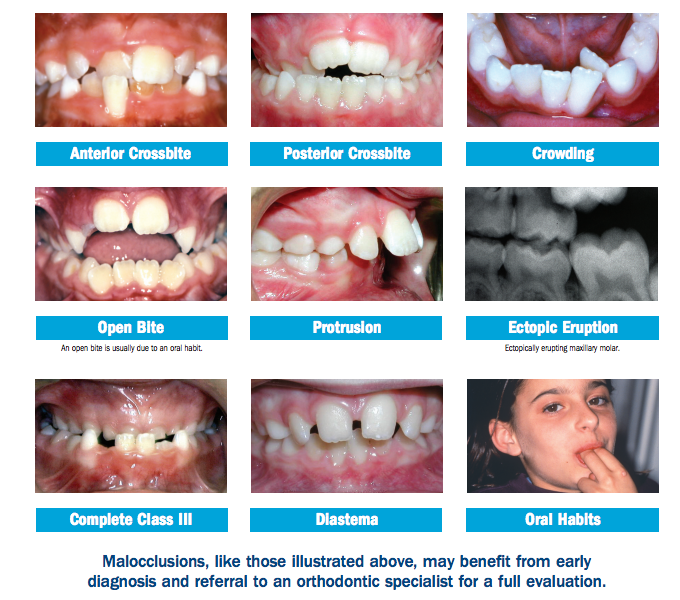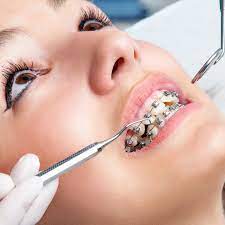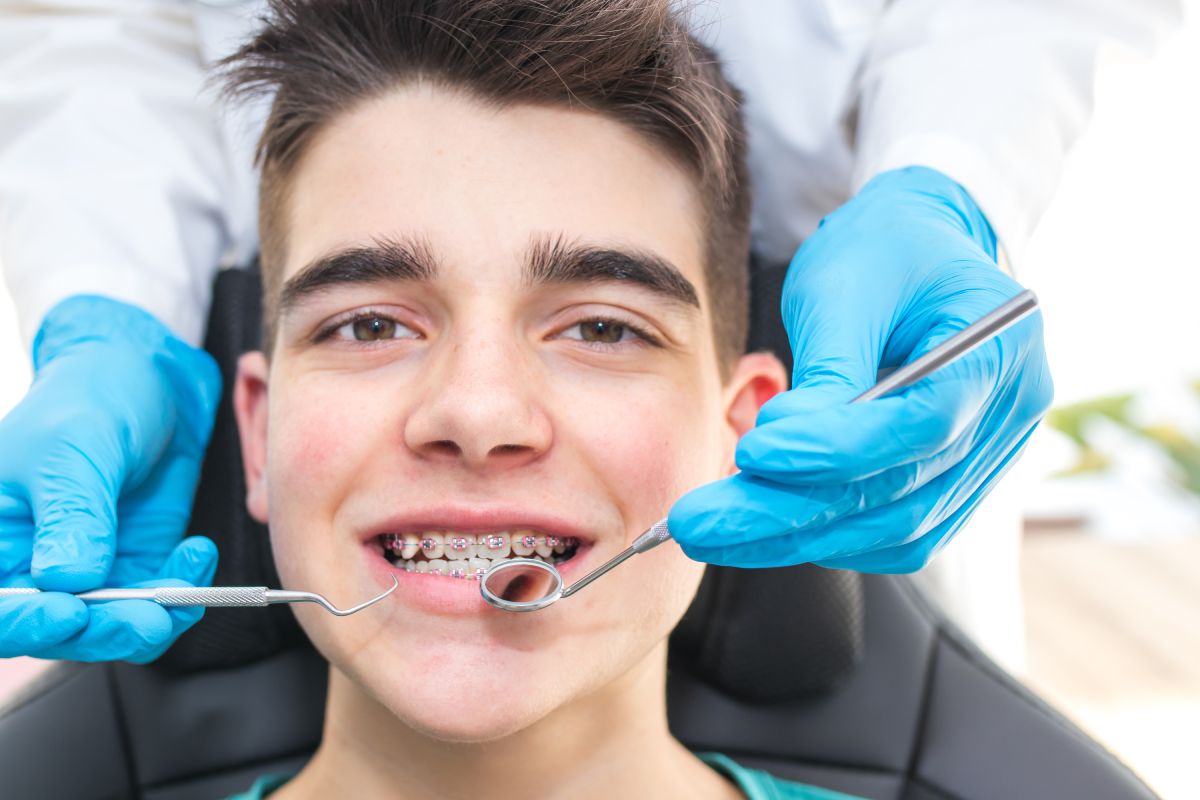How Causey Orthodontics can Save You Time, Stress, and Money.
How Causey Orthodontics can Save You Time, Stress, and Money.
Blog Article
The 6-Minute Rule for Causey Orthodontics
Table of ContentsEverything about Causey OrthodonticsThe 4-Minute Rule for Causey OrthodonticsThe Of Causey OrthodonticsSome Known Questions About Causey Orthodontics.Causey Orthodontics for Dummies
Ignoring occlusal connections, it was normal to eliminate teeth for a variety of oral problems, such as malalignment or overcrowding. The principle of an undamaged dentition was not extensively appreciated in those days, making bite correlations appear unimportant. In the late 1800s, the concept of occlusion was necessary for producing reputable prosthetic replacement teeth.As these principles of prosthetic occlusion progressed, it became an indispensable tool for dental care. It was in 1890 that the job and impact of Dr. Edwards H. Angle started to be felt, with his payment to modern orthodontics specifically notable. Concentrated on prosthodontics, he taught in Pennsylvania and Minnesota before routing his attention in the direction of dental occlusion and the therapies needed to preserve it as a normal problem, thus coming to be understood as the "father of modern-day orthodontics".

The idea of ideal occlusion, as postulated by Angle and incorporated into a classification system, allowed a change in the direction of dealing with malocclusion, which is any kind of discrepancy from regular occlusion. Having a complete set of teeth on both arcs was very searched for in orthodontic therapy because of the need for precise relationships between them.
Some Ideas on Causey Orthodontics You Should Know
As occlusion came to be the crucial priority, face percentages and visual appeals were overlooked - best orthodontist. To accomplish excellent occlusals without using exterior pressures, Angle postulated that having perfect occlusion was the finest means to obtain maximum face aesthetic appeals. With the passing away of time, it ended up being fairly apparent that also an outstanding occlusion was not ideal when considered from a visual viewpoint
It became obvious that orthodontic treatment might adjust mandibular advancement, resulting in the development of practical jaw orthopedics in Europe and extraoral force measures in the US. These days, both functional devices and extraoral tools are used around the world with the objective of amending growth patterns and kinds. Subsequently, going after true, or at the very least enhanced, jaw connections had become the main objective of treatment by the mid-20th century.
Some Known Factual Statements About Causey Orthodontics
 The American Journal of Orthodontics was produced for this objective in 1915; before it, there were no clinical goals to adhere to, nor any kind of accurate classification system and braces that did not have functions. Up until the mid-1970s, braces were made by covering steel around each tooth. With advancements in adhesives, it ended up being feasible to instead bond steel braces to the teeth.
The American Journal of Orthodontics was produced for this objective in 1915; before it, there were no clinical goals to adhere to, nor any kind of accurate classification system and braces that did not have functions. Up until the mid-1970s, braces were made by covering steel around each tooth. With advancements in adhesives, it ended up being feasible to instead bond steel braces to the teeth.This has had significant impacts on orthodontic treatments that are provided routinely, and these are: 1. Right interarchal partnerships 2. Correct crown angulation (tip) 3.
The advantage of the design depends on its bracket and archwire combination, which calls for just very little cable bending from the orthodontist or clinician (orthodontist services). It's appropriately called after this function: the angle of the port and thickness of the brace base inevitably determine where each tooth is situated with little need for extra manipulation
What Does Causey Orthodontics Do?
Both of these systems used similar braces for every tooth and necessitated the flexing of an archwire in three aircrafts for finding teeth in their desired settings, with these bends dictating best placements. When it comes to orthodontic home appliances, they are divided right into two kinds: removable and dealt with. Removable devices can be handled and off by the person as required.

Therefore, nearly all modern fixed appliances can be considered variations on this edgewise device system. Early 20th-century orthodontist Edward Angle made a major payment to the world of dental care. He produced 4 unique appliance systems that have been used as the basis for lots of orthodontic therapies today, barring a couple of exceptions.
Indicators on Causey Orthodontics You Need To Know

The wire finished in a string, and to move it forward, an adjustable nut was utilized, which enabled a rise in area. By ligation, each specific tooth was affixed to this expansive archwire (Causey Orthodontics). Because of its limited array of activity, Angle was incapable to achieve precise tooth positioning with an E-arch
These tubes held a soldered pin, which could be rearranged at each consultation in order to move them in location. Called the "bone-growing appliance", this contraption was thought to motivate healthier bone development due to its potential for moving force directly to the origins. Implementing it confirmed frustrating in truth.
Report this page